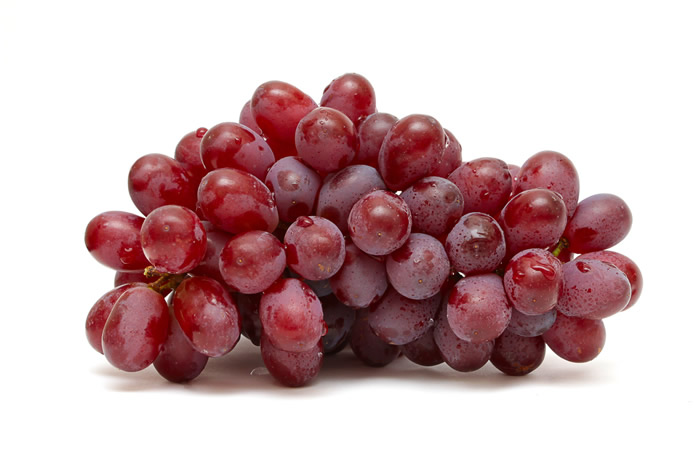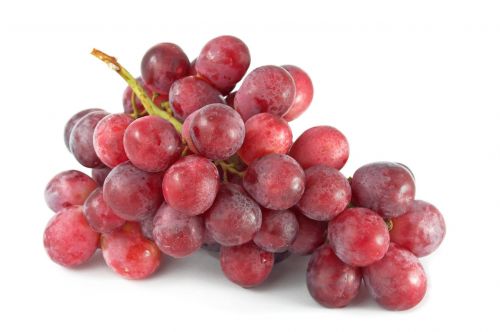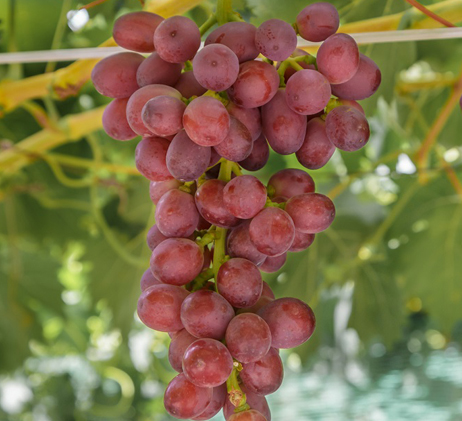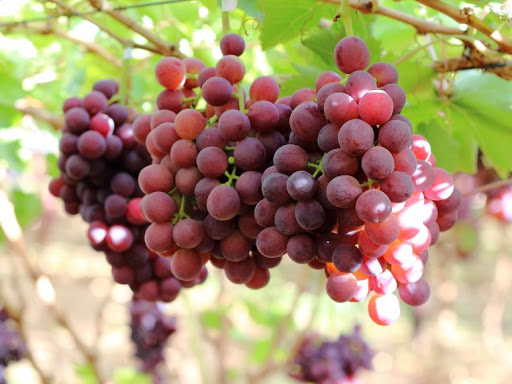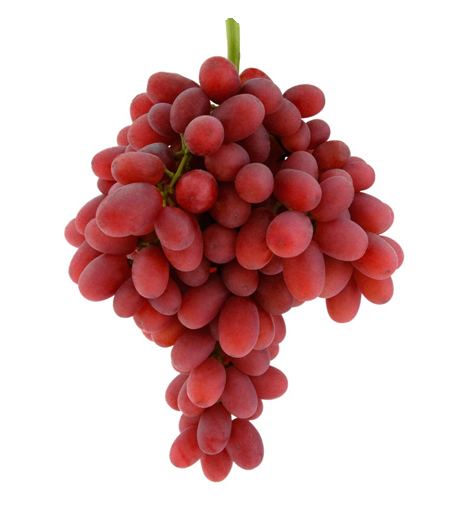Benefits of eating Grapes
1) Grapes can help with weight loss or management.
Grapes are a low-calorie, fat-free food with a low glycemic index. These vine-growing goodies also contain compounds with antioxidant properties. One of them, resveratrol, is thought to trigger certain reactions that may improve energy metabolism.
A 2016 study also linked diets high in antioxidants with weight maintenance. Plus, one cup of grapes has about 100 calories, making them a high-volume, nutrient-dense snack that you can eat more for a lower calorie cost.
2) They're a good source of vitamin K and vitamin C.
The vitamin K in grapes and other produce supports healthy bones and tissues, while the antioxidant vitamin C promotes healing and helps your body absorb iron. Here's what else you'll get in a one-cup serving of red or green grapes:
3) Grapes are an anti-inflammatory food.
Like other plant-based foods, the antioxidants in grapes may reduce cellular damage by protecting cell membranes. Eating about 1 to 2 cups of grapes per day can help shield your tissues by limiting the chemical reactions that trigger inflammation in your body.
4) They're a heart-healthy snack.
When it comes to cardiovascular health, grapes are overachievers. Some compounds in grapes can help regulate blood pressure, reduce inflammation from oxidative stress, improve blood flow, and protect your vascular system.
5) Eating grapes can help your skin.
Specific phytonutrients found in colorful fruits and veggies like grapes may shield skin cells from the effects of ultraviolet light radiation, according to some small studies. Also try eating more watermelon, kiwi, berries, nuts, olives, and fish for a more radiant glow.
6) Your brain may benefit from grapes.
Grape polyphenols may boost cognition and protect your noggin by maintaining vascular health and function. They may also play a role in signaling neurotransmitters and reducing your risk of harmful oxidation, both linked to a lower risk of cognitive decline as a part of a plant-based diet.
7) They can lower your risk of diabetes.
Resveratrol, one of immune-boosting antioxidants found in grapes, is specifically linked to improving blood sugar regulation by affecting carbohydrate metabolism. That said, grape-flavored products can contain lots of added sugar, which has the reverse effect! Make sure you're eating grapes in their least-processed form (fresh or freeze-dried grapes or wine!) to reap the benefits.
8) They count toward hydration.
Little known fact: Grapes are 82% water. Proper hydration is directly linked to skin appearance, cell regeneration, and overall health. You get H2O from more than just beverages, though. High-water foods like — you guessed it — grapes can help your skin stay hydrated too.
9) Eating more grapes can reduce risk of some cancers.
The benefits of veggies and fruit make them no-brainers when it comes to choosing meals and snacks. High-antioxidant foods like grapes are linked to a lower risk of some cancers by protecting cellular DNA, reducing oxidative stress, and limiting reactions that initiate tumor growth and development.
10) Drinking grapes has benefits, too!
As if you needed another reason to pop a bottle: The phenolic compounds in grapes are still present after they've undergone the fermentation process, a.k.a. when they become vino. A whole host of research links regular wine consumption (in moderation, of course!) to a reduced risk of chronic disease and improved health overall. We'll drink to that!



